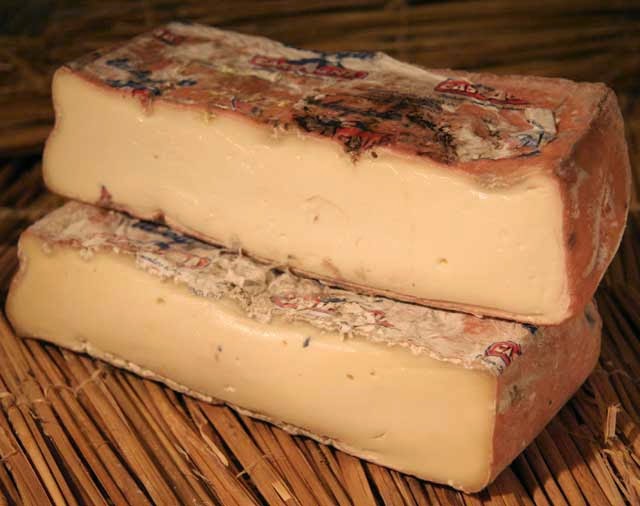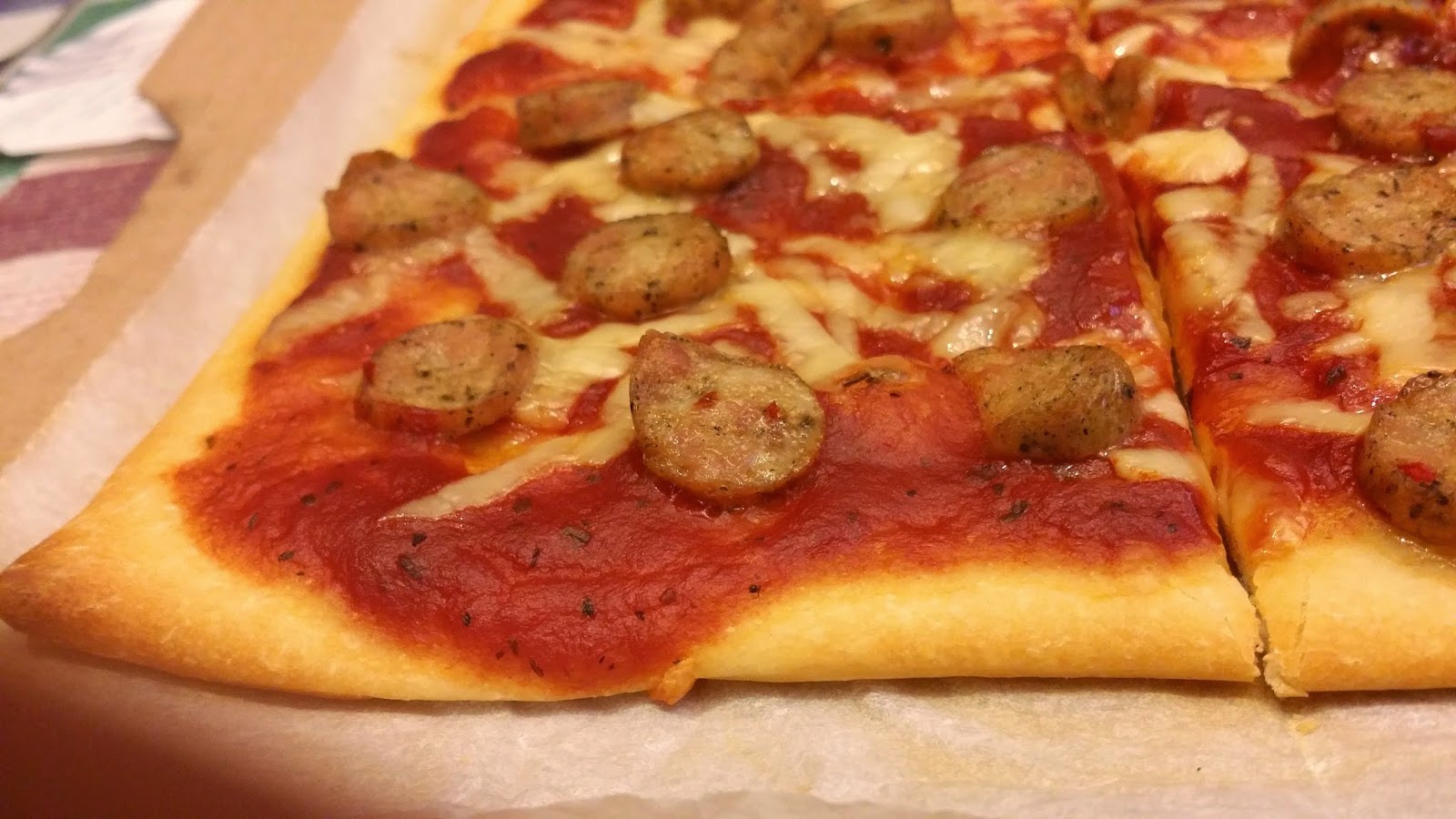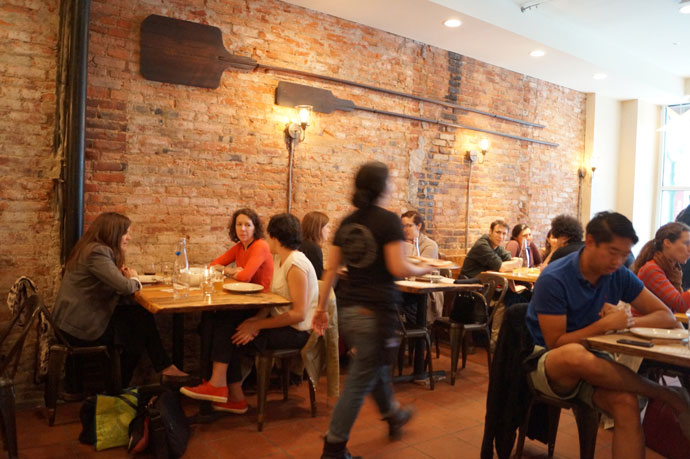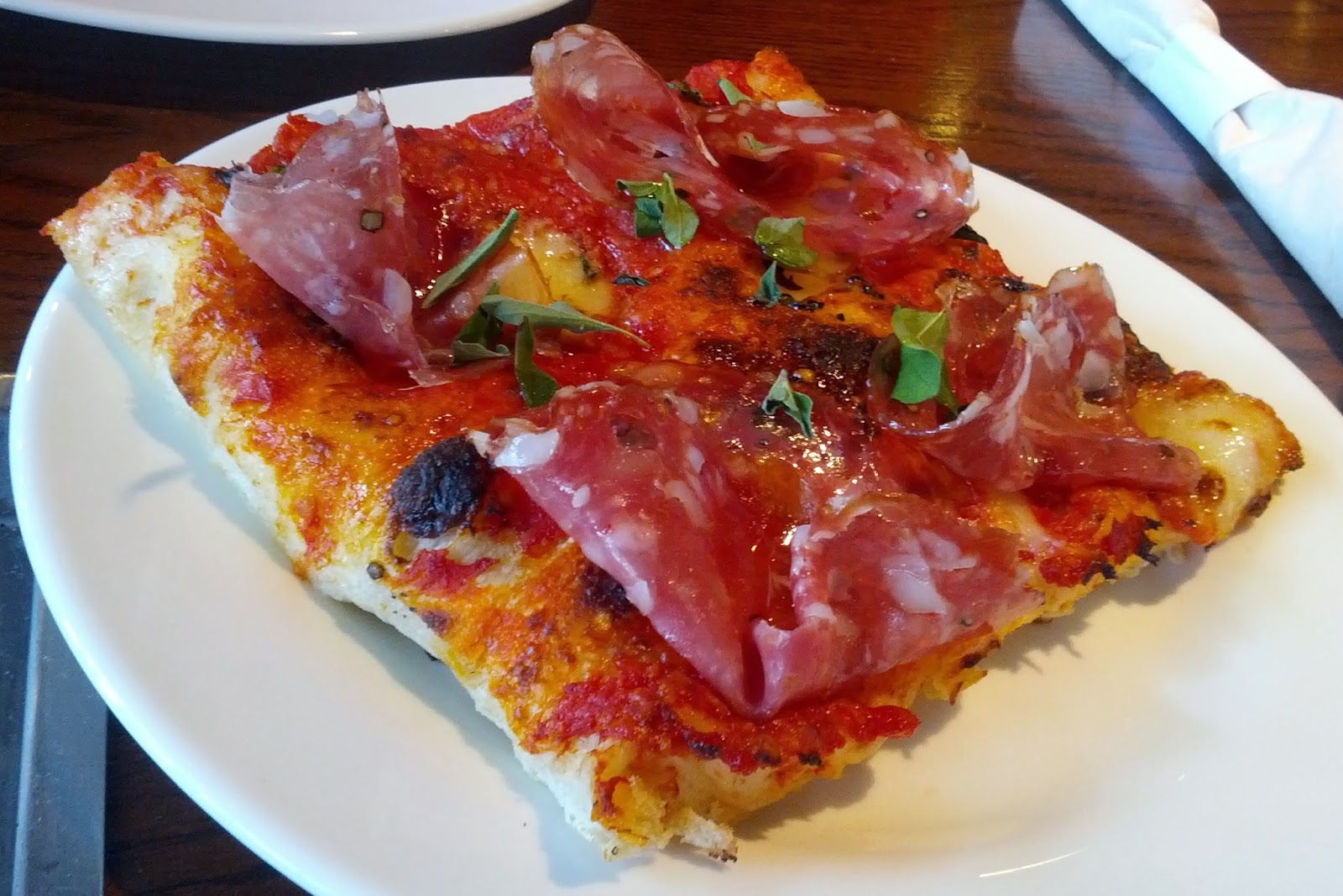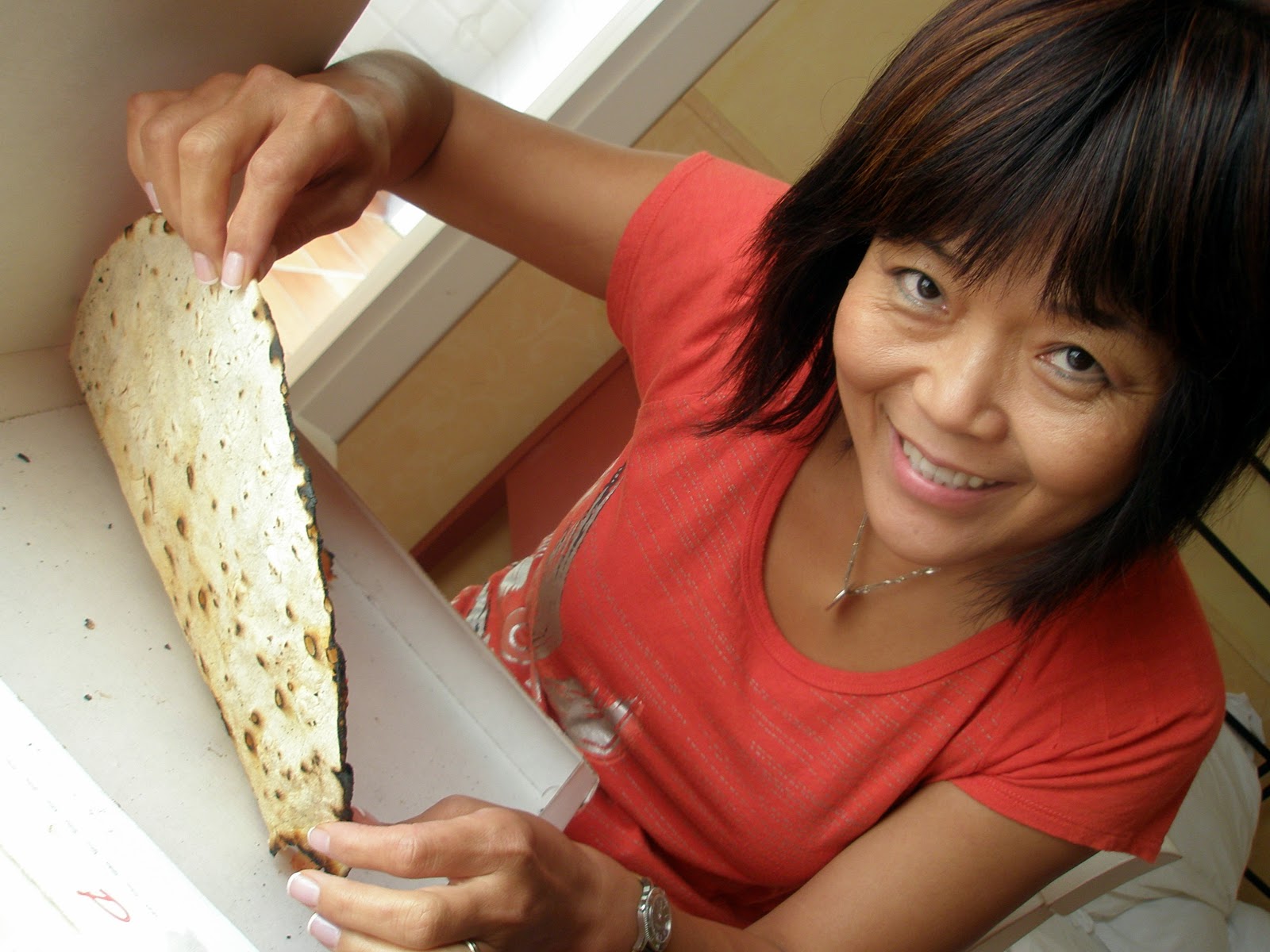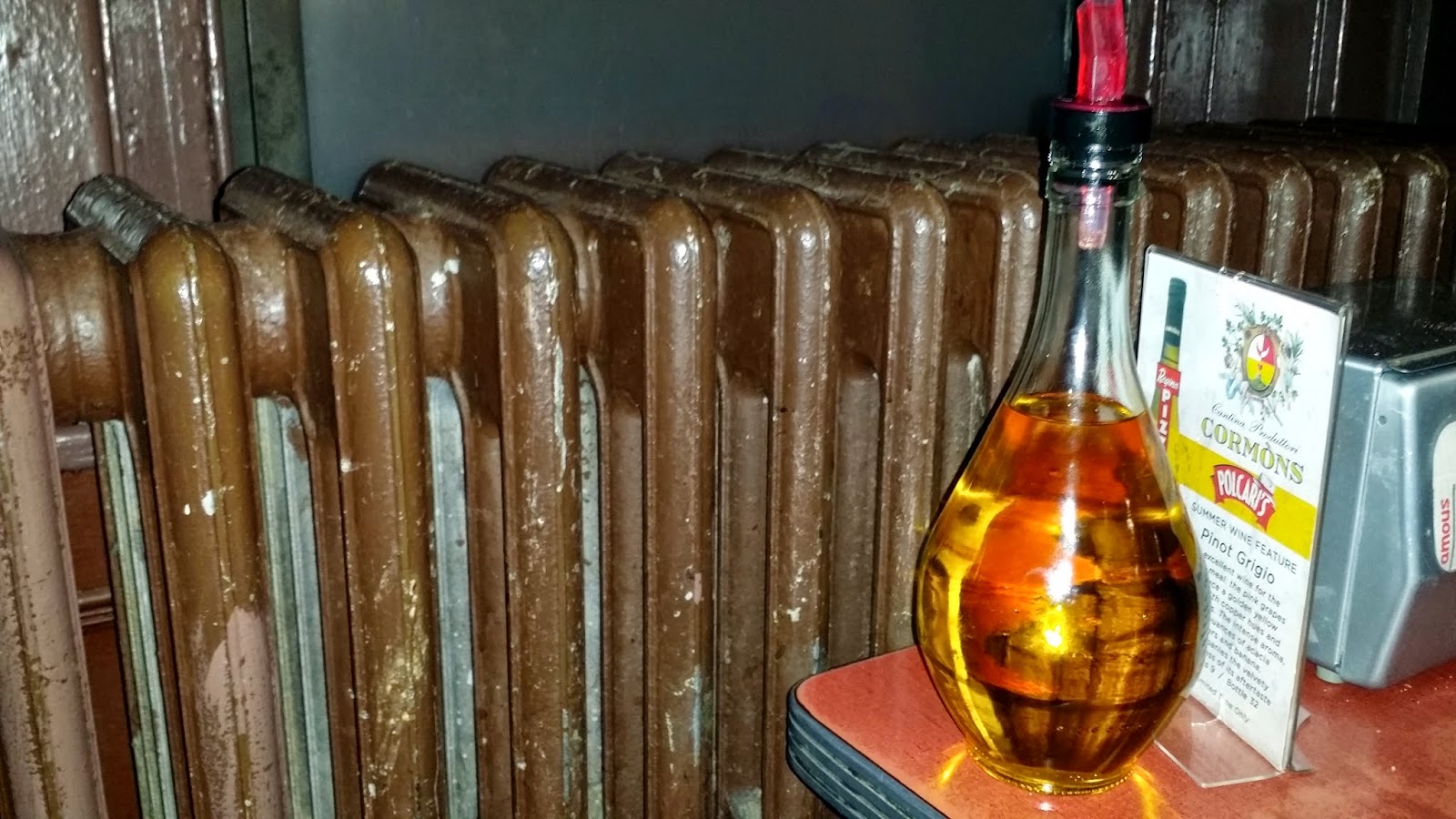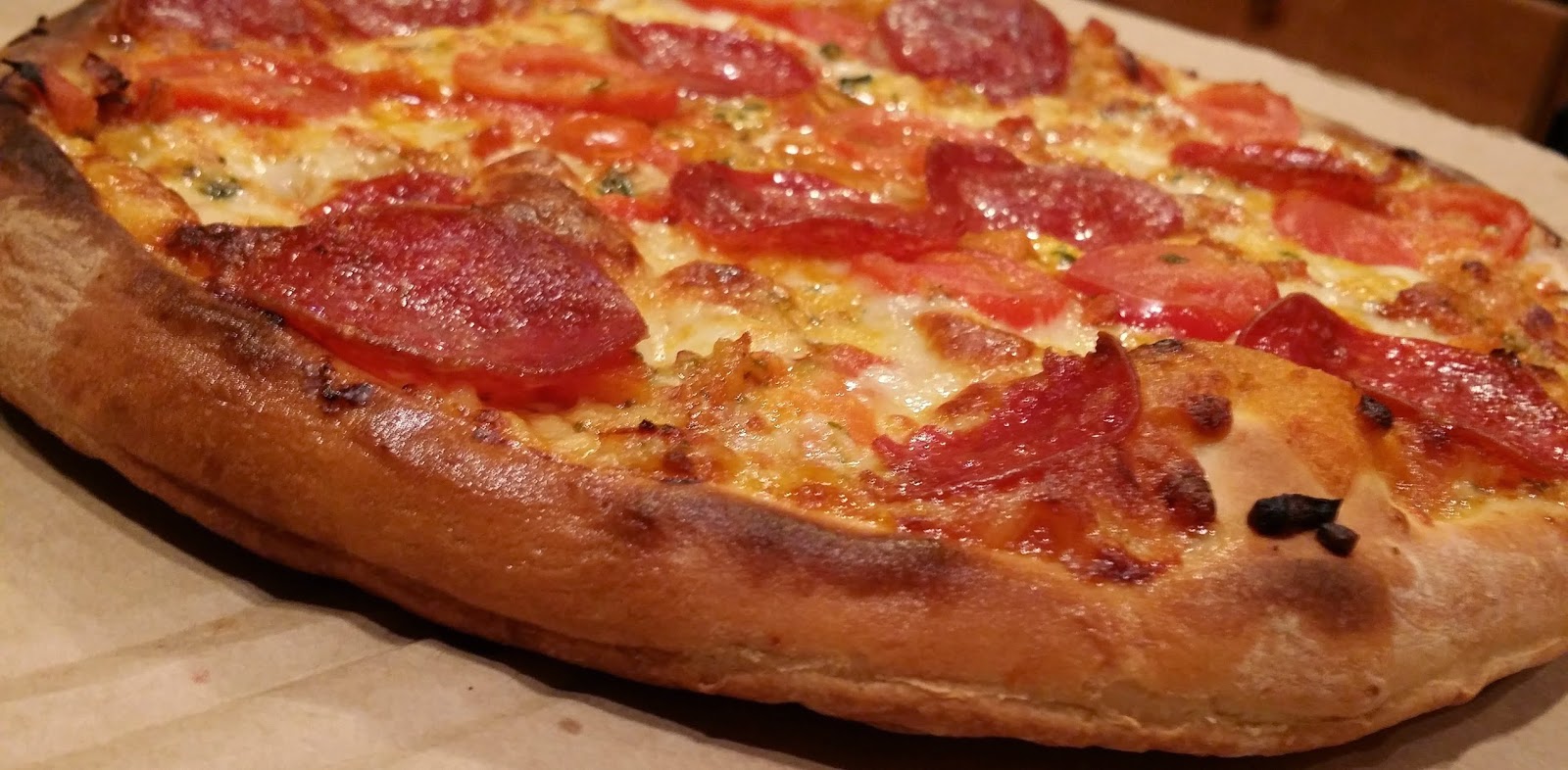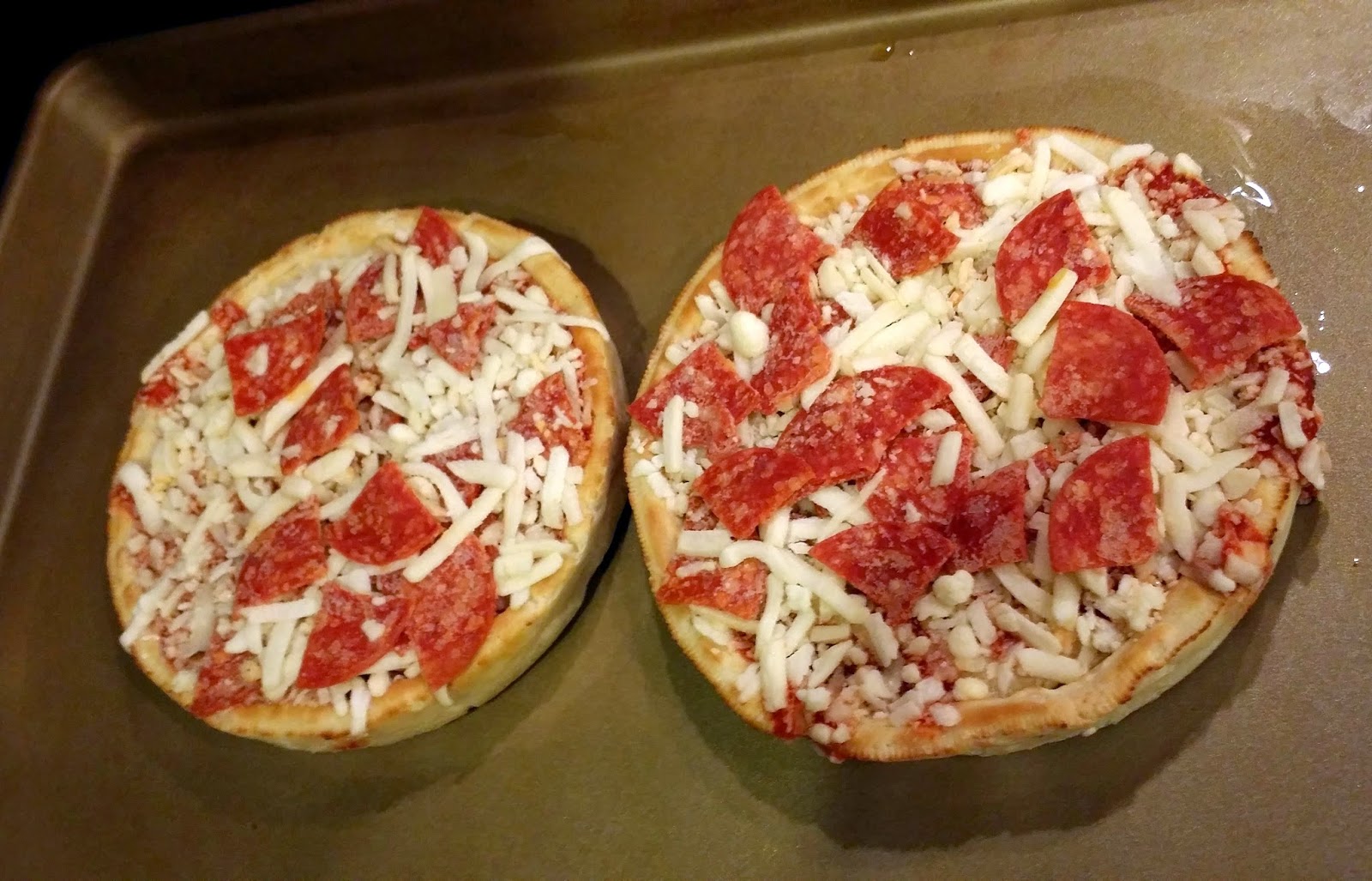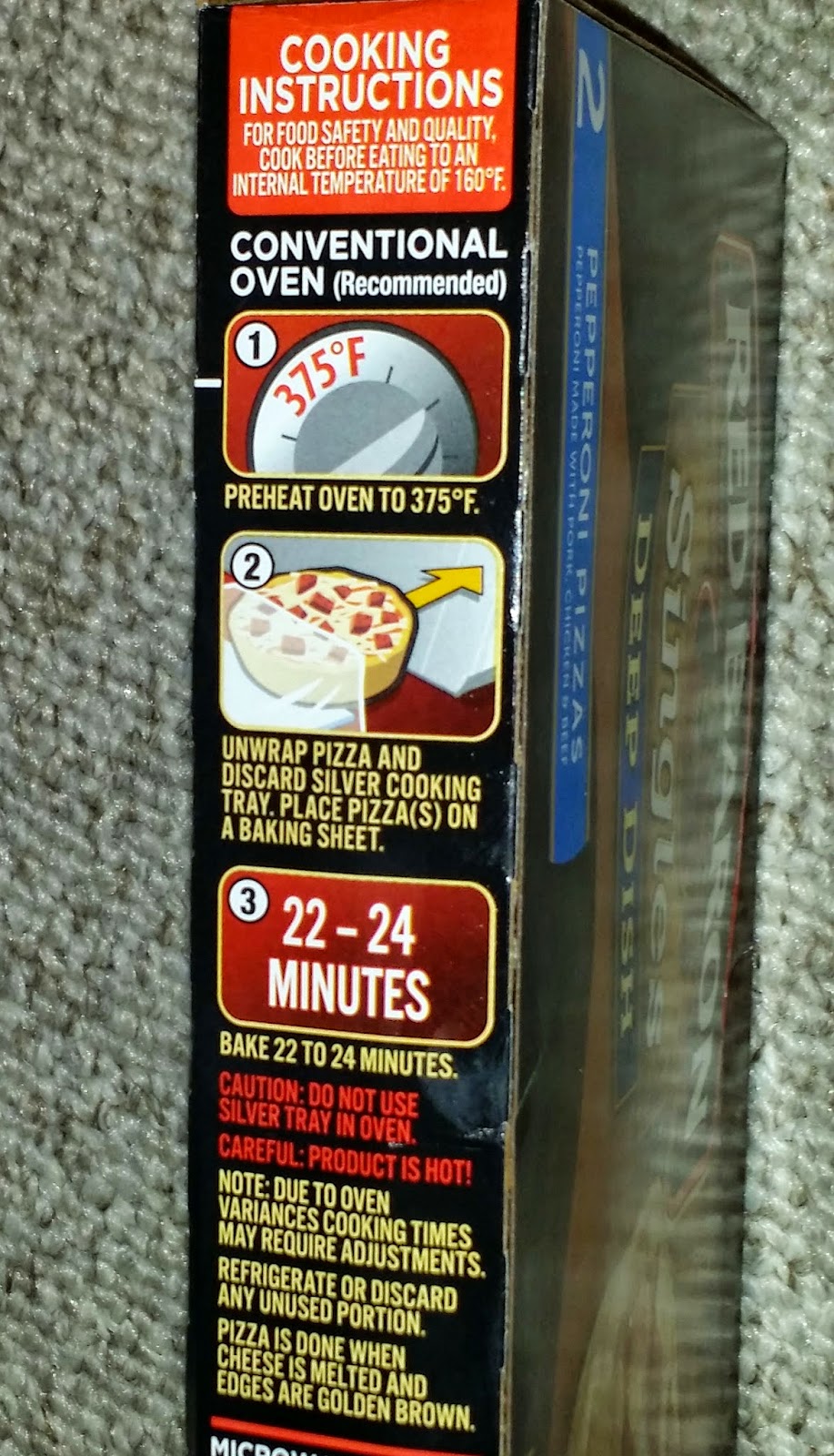After writing this blog for only a few months - spurred at first by my search for worthy pizza in my then-new hometown of West Chester PA - I stopped going to storefront mom-n-pop places. Other than the legendary spots that had been open for 40, 50, or 60 years, I found that most of them were using the same mass-sourced ingredients and churning out value-priced and tasty but ultimately ordinary pizza.
Dozens of times I've driven by one such place - Venice Pizza & Pasta, in Malvern PA - with little thought of trying the pizza. However, I'd seen great reviews from Pizza Scorecard. Then, a colleague recently came by for lunch, and offered to bring a pizza from his favorite local pizza place. This provided the chance to taste this local offering.
The pie was a big 18 inches round, and we'd selected sausage as a topping. Happily, it was not the sausage crumbles some places use, but good thick slices of genuine Italian sausage. By its look, this pizza seemed to be the standard mom-n-pop variety. We discovered that in some ways it was, but it also differed in some key features.
I ate this pie twice - once at lunch, right out of the box, and then re-heated at 450 degrees on a perforated pan at home the next day. At lunch on the first day, the crust suffered from being steamed in the box. Still, it held together well, and the cheese and sauce were expertly melded to the crust. That is a sign of a well-made pie - that the cheese is not a threat to slide off. This pie had a wonderful orange-gold top that indicated some good top heat.
Speaking of the cheese and sauce, they played together well on this pie. The cheese was mild and a bit of a role player, adding texture, chew, and creaminess. The sauce was wonderful - lively, herbal, tangy. The genuine sausage added the perfect meaty and savory flavors. Each bite was pretty satisfying.
As I expected, the pie was even better as a re-heat on day two. The crust was firm and crisp, which enhanced those excellent flavors on top. A close look at the bottom revealed that this pie had been cooked on a screen. I'm not fond of that technique, but in this case it worked.
This pie - by its look and by its screen-cooked crust - seems to have been made from ordinary and probably mass-sourced ingredients. No bufala mozzarella or San Marzano tomatoes here. But it was elevated well above the ordinary by the magic the pizzaiolo worked with that sauce, and moreso with the technique that made the ingredients blend together so well.
We've looked several times at ingredients, ovens, and technique as factors in making great pizza. This was not gourmet, high-end, destination pizza. But this pie - by the superior skill of the pie maker - stands above 90% of the mom-n-pop places. Given how the skills of the pizzaolo lifted these ordinary ingredients into such a well-crafted pie, I'm inclined to re-visit Venice Pizza & Pasta to try the other menu items. Kudos.
Dozens of times I've driven by one such place - Venice Pizza & Pasta, in Malvern PA - with little thought of trying the pizza. However, I'd seen great reviews from Pizza Scorecard. Then, a colleague recently came by for lunch, and offered to bring a pizza from his favorite local pizza place. This provided the chance to taste this local offering.
 |
| From PizzaScorecard.com |
The pie was a big 18 inches round, and we'd selected sausage as a topping. Happily, it was not the sausage crumbles some places use, but good thick slices of genuine Italian sausage. By its look, this pizza seemed to be the standard mom-n-pop variety. We discovered that in some ways it was, but it also differed in some key features.
I ate this pie twice - once at lunch, right out of the box, and then re-heated at 450 degrees on a perforated pan at home the next day. At lunch on the first day, the crust suffered from being steamed in the box. Still, it held together well, and the cheese and sauce were expertly melded to the crust. That is a sign of a well-made pie - that the cheese is not a threat to slide off. This pie had a wonderful orange-gold top that indicated some good top heat.
Speaking of the cheese and sauce, they played together well on this pie. The cheese was mild and a bit of a role player, adding texture, chew, and creaminess. The sauce was wonderful - lively, herbal, tangy. The genuine sausage added the perfect meaty and savory flavors. Each bite was pretty satisfying.
As I expected, the pie was even better as a re-heat on day two. The crust was firm and crisp, which enhanced those excellent flavors on top. A close look at the bottom revealed that this pie had been cooked on a screen. I'm not fond of that technique, but in this case it worked.
This pie - by its look and by its screen-cooked crust - seems to have been made from ordinary and probably mass-sourced ingredients. No bufala mozzarella or San Marzano tomatoes here. But it was elevated well above the ordinary by the magic the pizzaiolo worked with that sauce, and moreso with the technique that made the ingredients blend together so well.
We've looked several times at ingredients, ovens, and technique as factors in making great pizza. This was not gourmet, high-end, destination pizza. But this pie - by the superior skill of the pie maker - stands above 90% of the mom-n-pop places. Given how the skills of the pizzaolo lifted these ordinary ingredients into such a well-crafted pie, I'm inclined to re-visit Venice Pizza & Pasta to try the other menu items. Kudos.





























